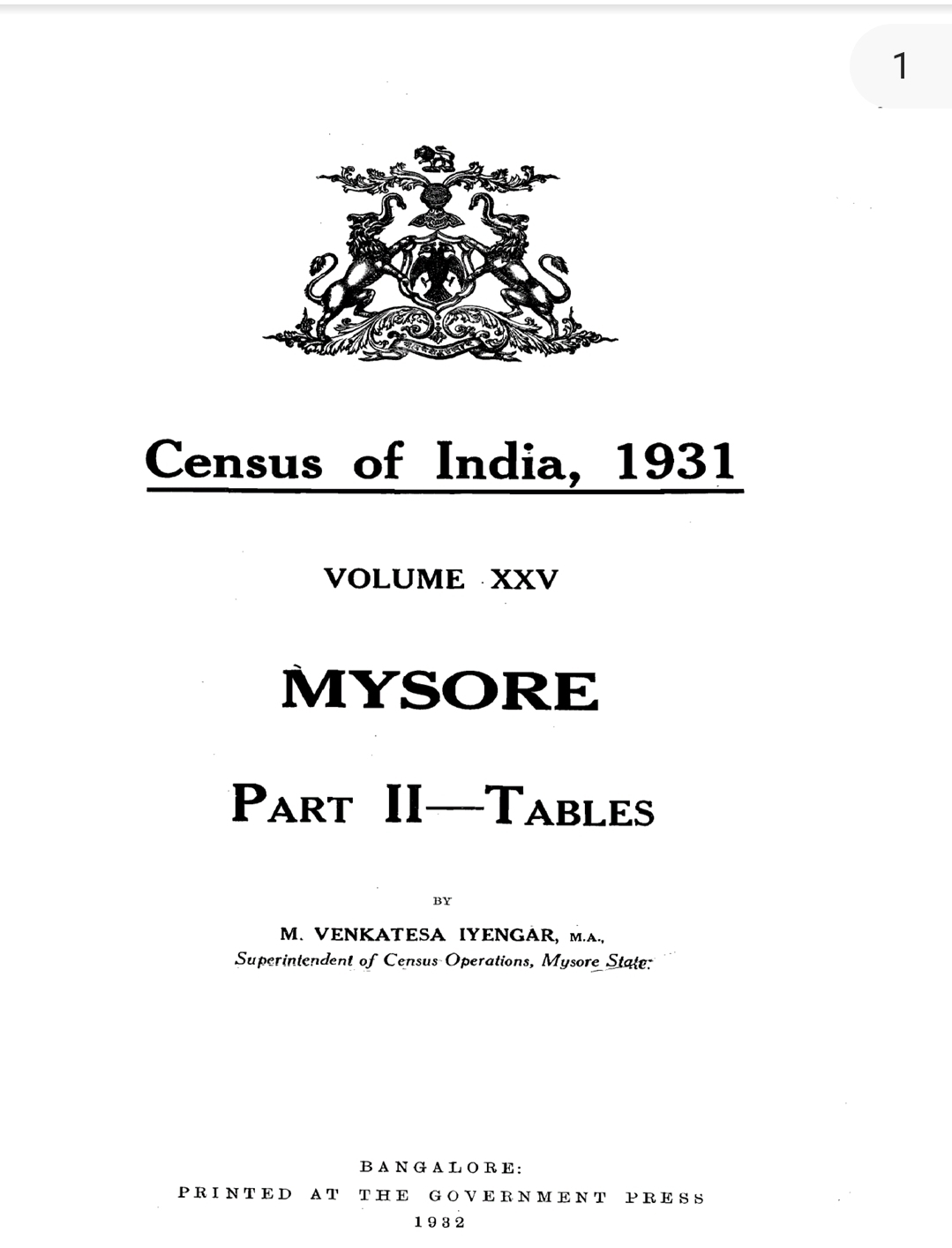Silk: The Secret Weapon of Genghis Khan's Armies.
The conquests of Genghis Khan and the Mongol Empire are legendary, spanning vast territories across Asia and beyond.
While the military prowess and strategic genius of Genghis Khan are well-documented, one often-overlooked aspect of his conquests is the role that silk played in his campaigns.
Surprisingly, weavers's essential raw material Silk is associated with wealth and elegance, and served as a crucial tool for Genghis Khan's armies, helping them conquer and control vast territories.
The Silk Road, an ancient network of trade routes that connected China to the Mediterranean world, played a pivotal role in Genghis Khan's military strategy.
Silk, a highly prized commodity in medieval Eurasia, was not only valued for its luxurious texture and vibrant colors but also for its practical properties. Silk was lightweight, durable, and resistant to moisture, making it ideal for a wide range of applications beyond clothing.
Genghis Khan recognized the strategic value of silk and incorporated it into his military tactics. Mongol warriors, renowned for their fierce combat skills and nomadic lifestyle, often wore layers of silk armor beneath their traditional leather and metal armor. Silk provided additional protection against slashing and piercing weapons, while also offering insulation against extreme temperatures and moisture.
In addition to its utility as armor, silk served as a form of currency and tribute in the Mongol Empire. Genghis Khan and his successors imposed a system of tribute and taxation on conquered territories, demanding silk and other valuable goods as payment. Silk was used to reward loyalty, incentivize cooperation, and maintain control over subject populations. By controlling the production and distribution of silk, the Mongols wielded economic power and influence over vast regions of Asia.
Silk diplomacy played a crucial role in Genghis Khan's foreign policy and international relations. The Mongols established diplomatic and trade relations with neighboring states and foreign powers, exchanging silk and other goods as tokens of goodwill and friendship. Silk served as a symbol of status, prestige, and cultural sophistication, helping to forge alliances and foster diplomatic ties with diverse ethnic groups and civilizations.
The legacy of silk in Genghis Khan's conquests extends beyond military conquests to economic, cultural, and social realms. The Silk Road facilitated the exchange of goods, ideas, and technologies between East and West, shaping the course of history and connecting civilizations across continents. Today, silk continues to be prized for its beauty, versatility, and cultural significance, embodying the enduring legacy of Genghis Khan and the Mongol Empire.
Silk played a multifaceted role in Genghis Khan's conquests, serving as armor, currency, diplomacy, and commerce. By harnessing the power of silk, Genghis Khan and his armies were able to conquer and control vast territories, leaving an indelible mark on the history of Eurasia and the world.
"Silk is the queen of fabrics, and the fabric of queens."
The Warp and Weft Society:
https://chat.whatsapp.com/G0GlK16k5nMJIeLRhYgXL1
https://www.facebook.com/groups/639106918190039/?ref=share_group_link
#828






Comments
Post a Comment